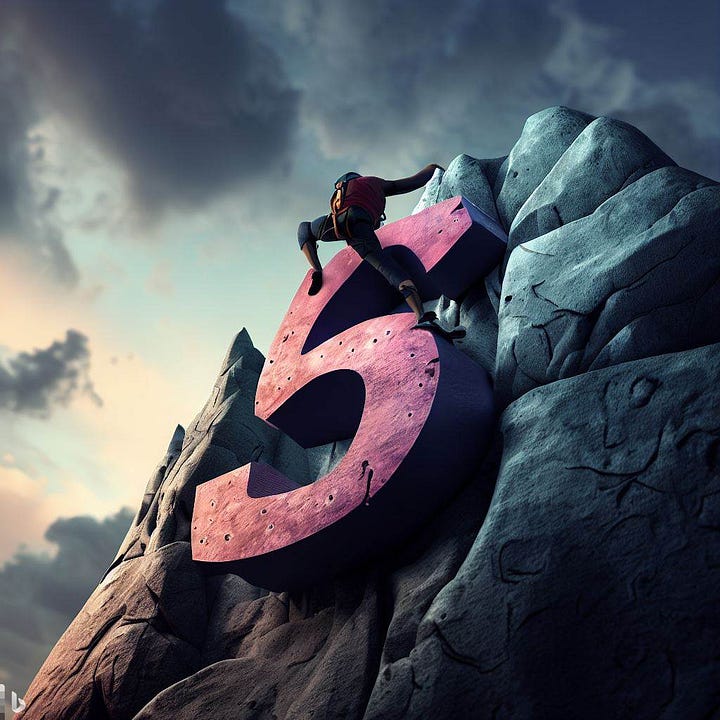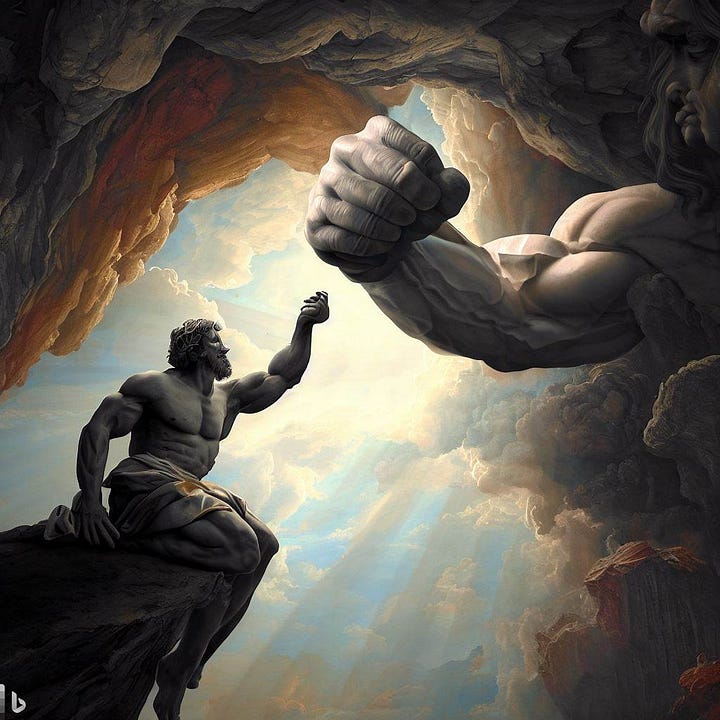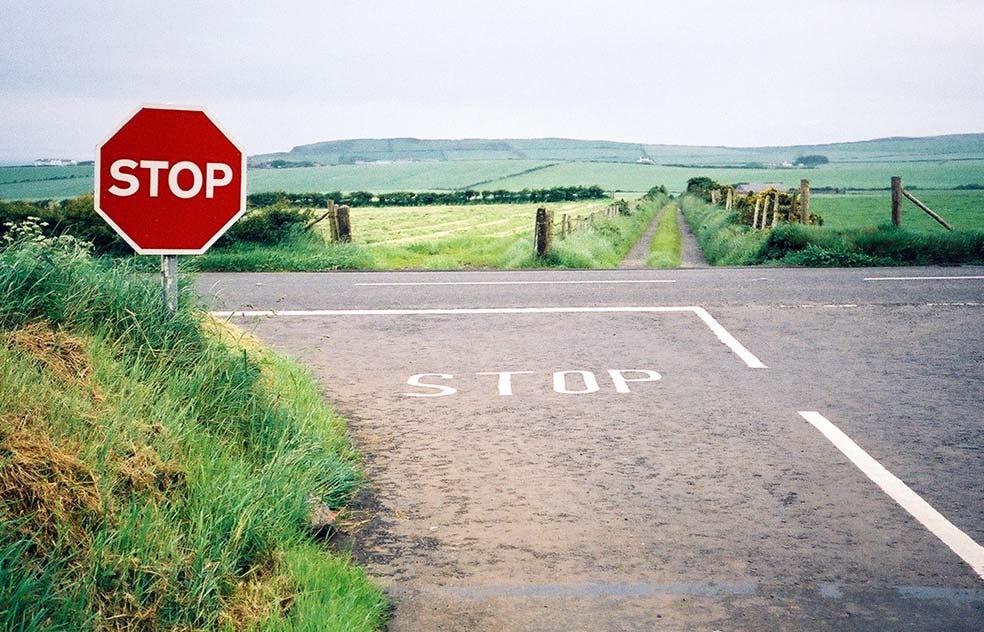Statactivism is a portmanteau of statistics and activism coined by Dr Isabelle Bruno and Emmanuel Didier in 2013.1 Statactivism is associated with political movements that denounce quantification as tool of political power that is readily, regularly and inevitably manipulated for corrupt and malicious ends.2 While some of those opposed to the total quantification of human life reject numbers entirely, aiming for a total refocus on qualities over quantities, statactivists accept that statistics are a fact of life in the neoliberal world in which we find ourselves. They argue that the total rejection of quantity grants the powerful a monopoly over statistics, thereby surrendering a fearsome political tool to those who would use it for ill. Statactivism thus advocates for the reappropriation and mobilisation of statistics in support of social movements. It aims to “fight against” numbers by “fighting with” numbers.
Statactivists have likened their strategy to the martial art of judo (Japanese for “the gentle way”). A core principle of judo is the manipulation of an opponent's force against him rather than confronting it with one's own force. Rather than ineffectually thrashing about trying to directly oppose quantification, statistical judo thus acknowledges the power and force of quantification and aims to leverage and redirect this power for good.
So how can statistical judo be applied to climbing? As we have discussed before, the prevailing climbing culture is one centred around the philosophy of “big number = good”. Complex and unique properties, such as difficulty or ability, are devitalised, decontextualised, and reduced-down into number format, ostensibly for instrumental purposes. However, the attainment of these numbers is systematically presented by climbing businesses and media outlets as the ultimate end goal of climbing. Consequently, great swathes of climbers are simply unable to conceptualise or pursue climbing for means other than getting the next big number.


We have previously argued that a healthier approach to climbing is one orientated around self-actualisation rather than the attainment of big numbers. However, this is a difficult idea to communicate, especially to those who are most in need of hearing it. Indeed, it is likely that a significant number of climbers have been encultured such that they simply cannot operate in the world without a metric they can maximise. This is a sad fact of life but nonetheless one that ought to be engaged with pragmatically.
So in the spirit of statactivism, at the end of this essay we will tentatively suggest some alternative numbers that modern climbers could apply their usual maximisation and optimisation procedures too. Modern climbers can thereby keep running their “big number = good” heuristics while switching up the numbers in question. The suggested numbers will serve as necessarily imperfect proxy measures of the invaluable qualitative experiences around which holistic philosophies of climbing are orientated. The hope is that modern climbers will attempt to maximise these alternative numbers just as much as they currently maximise their fingerboard scores and redpoint grades. By consciously choosing to focus on a different set of numbers, while working with, not against, their encultured need to maximise, climbers are able to perform statistical judo on themselves.3


In focussing on their new numbers, practioners of statistical judo will need to engage with the qualitative experiences that the new numbers refer to. Thus practitioners will hopefully come to realise that a wider set of things, many of which are ultimately qualitative in nature, are constitutive of a good climbing life. Depending on the alternative numbers selected, statistical judo could result in placing more emphasis on learning and experiencing, spending more time in nature, or losing less of one’s finite earthly existence to the internet and mobile phones.
However, many might argue that attempting to quantify any part of climbing is unethical because once quantification is routinised and internalised the resulting numbers risk eventually becoming more real than reality.4 In this case things that should be judged for their quality are instead judged by their quantity, practitioners risk becoming equally fixated on their new metrics, and could even develop strange new forms of data fetishism. Indeed, getting stuck applying “big number = good” to a healthier set of numbers would be little better than fixating on grades or fingerboard scores. Ultimately, the practice of statistical judo is only really justifiable if it helps metric-fixated climbers make a permanent shift toward a qualitative appreciation of climbing. Statistical judo is thus meant as a gateway, not a destination.


If you already have a healthy relationship with climbing you should not be performing statistical judo on yourself under any circumstances. Do not introduce these or any other metrics unless you think you have a “big number=good” mindset or philosophy. If this does not apply to you it may be best if you stop reading now.

Climbing As Quest
Number of adventures had.
Number of times left comfort zone.
Number of times where you deliberately chose to do something the hard way.
Number of things learned from the crag.
Number of beautiful rock features climbed.
Number of personally-meaningful rock features climbed.
Number of days of good weather utilised for climbing.
Percentage of routes climbed without first consulting the guidebook.
Percentage of boulder problems climbed without recourse to beta videos or other external sources of information.
Mental States
Number of moments of awe or wonder while climbing.
Number of flow states experienced.
Number of mystical experiences.
Number of times felt totally at home in the world.
Number of times felt grateful.
Social World
Number of good sessions shared with friends.
Number of new friends made at the crag.
Number of passers-by engaged with.
Sticks thrown for crag-dogs.
Acts of crag-stewardship performed.
New pubs visited.
Attention Reconquest
Percentage of climbing days spent completely phone-free.
Influencers unfollowed.
Apps deleted.
Phone password length/complexity.
Minutes of mindful focus at the crag.
Book pages read while resting between climbs.
Minutes not spent on UKC/B.
Dwelling in the World
Percentage of distance driven to the crag without use of SatNav.
Number of bird species spotted/heard.
Number of plant species spotted.
Local history facts/legends learned.
Local delicacies tried.
Old books read.
Bruno, I., & Didier, E. (2013). Benchmarking: L'État Sous Pression Statistique. La Découverte.
For an English language summary see: Bruno, I., Didier, E., & Vitale, T. (2014) Statactivism: forms of action between disclosure and affirmation. The Open Journal of Sociopolitical Studies. Vol. 7, Issue 2, pp. 198 - 220.
Porter, T. M. (2013). Funny Numbers. In Culture Unbound (Vol. 4, Issue 4, pp. 585–598).
Muller, J. Z. (2020). The perils of metric fixation. In Medical Teacher (pp. 1–3).
Responsible climbing coaches could also suggest these metrics to their clients.
I think it would be a feasible, informative and interesting study for Lattice Training to collect these data in addition to their clients’ strength and performance metrics and see which, if any, predict those clients’ evaluative, experienced and eudaimonic well-being scores. Obviously the external validity of any results would be limited because those willing to shell-out for Lattice testing sessions are very unlikely to be representative of the climbing population as a whole. Nonetheless it’d still be a pretty cool study. Go on Tom, make it happen!
See Section 3.1 in Saltelli, A. (2020). Ethics of quantification or quantification of ethics? In Futures (Vol. 116, p. 102509).




Awesome post. Can I mention one stactavist number I keep - number of climbing days with no driving at all. Over the past few years I've got into the 'ecopointing' idea - climbing via walking, cycling and public transport. Though originally environmentally driven, for me it also resonates strongly with "dwelling in the world", social world, climbing as quest, deliberately doing things the hard way, and engaging deeply with the places around you. Often it results in finding hidden gems at closer crags and having just as good a time with your friends as if you drove for hours to tick that particular in-style route that lets you add a bigger number to your ticklist. New pubs are visited, books are read, zero energy is wasted being angry at other drivers, and fellow train passengers ask for demonstrations of trad climbing gear, interconnecting the world instead of atomising it in the pursuit of individual goals.
Good read! I think assigning complete power, over what is perceived to be good, to media and business misses an important experiential/phenomenological point though. Most climbers in the quest for a bigger number will (by default?) experience a version of that list of metrics given at the end of the article. These dopamine inducing metrics make true in terms of embodied experience the ‘Big number = good’. To say an acute awareness of these alternative metrics is better, is a bit instructive for me.
Also isn’t ‘Bigger number = good’ a more appropriate simplification of the discourse you are describing. ‘Bigger’ is more aligned with your preferred goal of self actualisation. Most know once they achieve the bigger number they won’t hang up their rock boots but instead continue on for the next bigger number.
For a lot of climbers getting better in an abstract sense is a source of their desire. Although ‘big number = better’ is sold to us maybe bigger number = better is experienced and is not as bad as we may think…